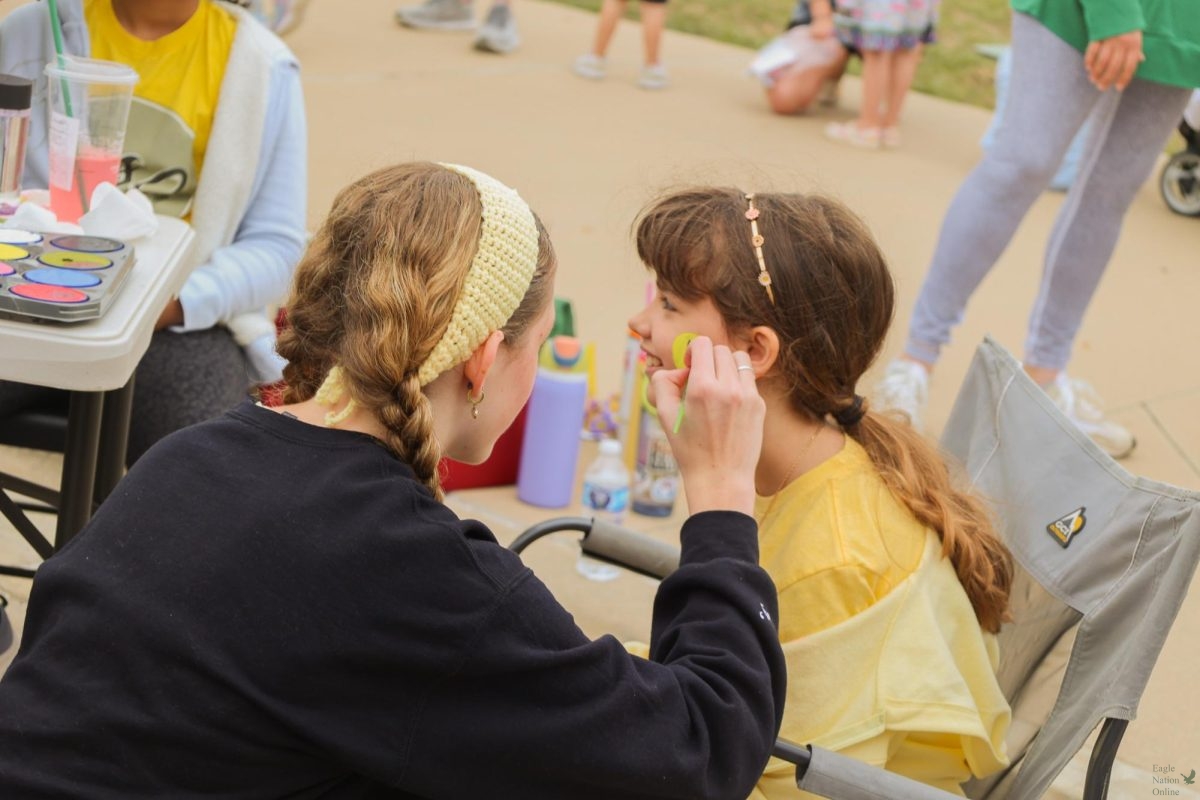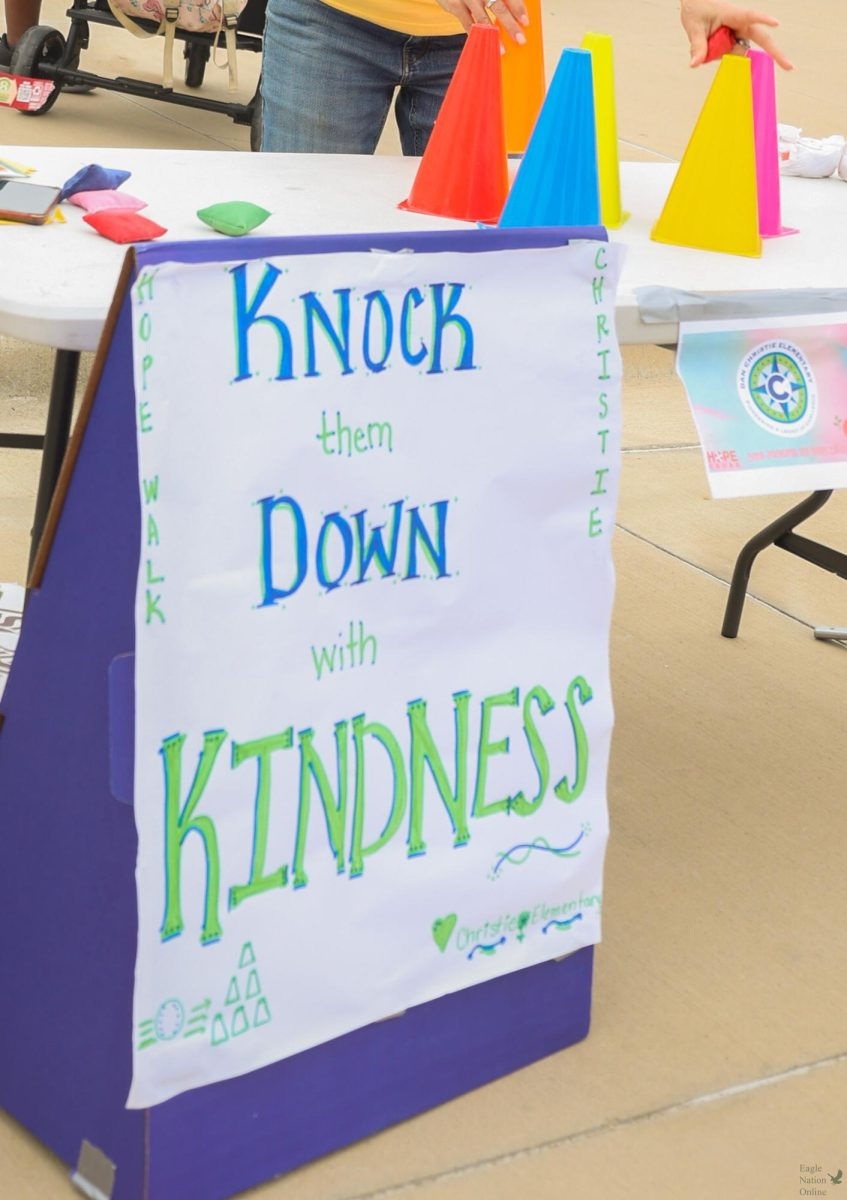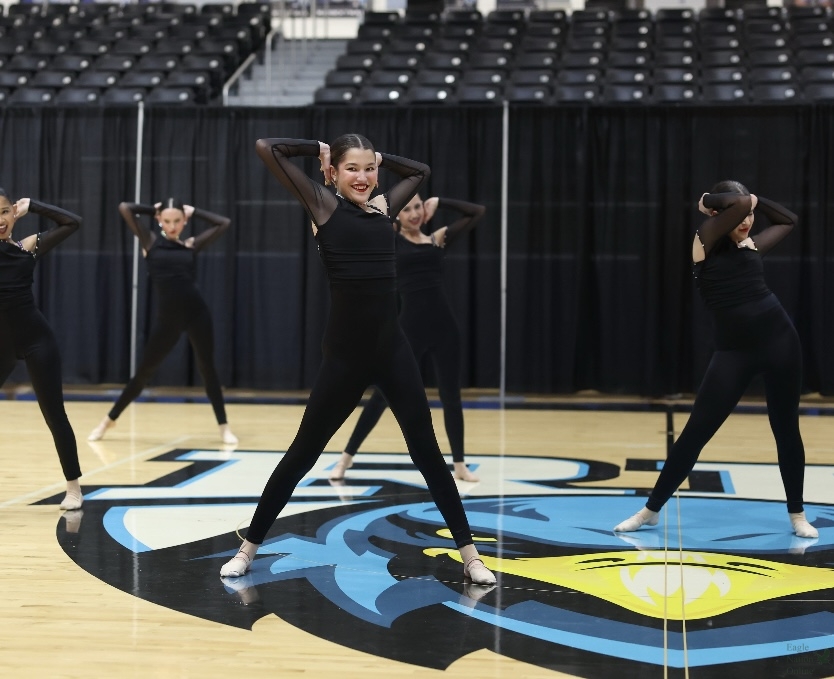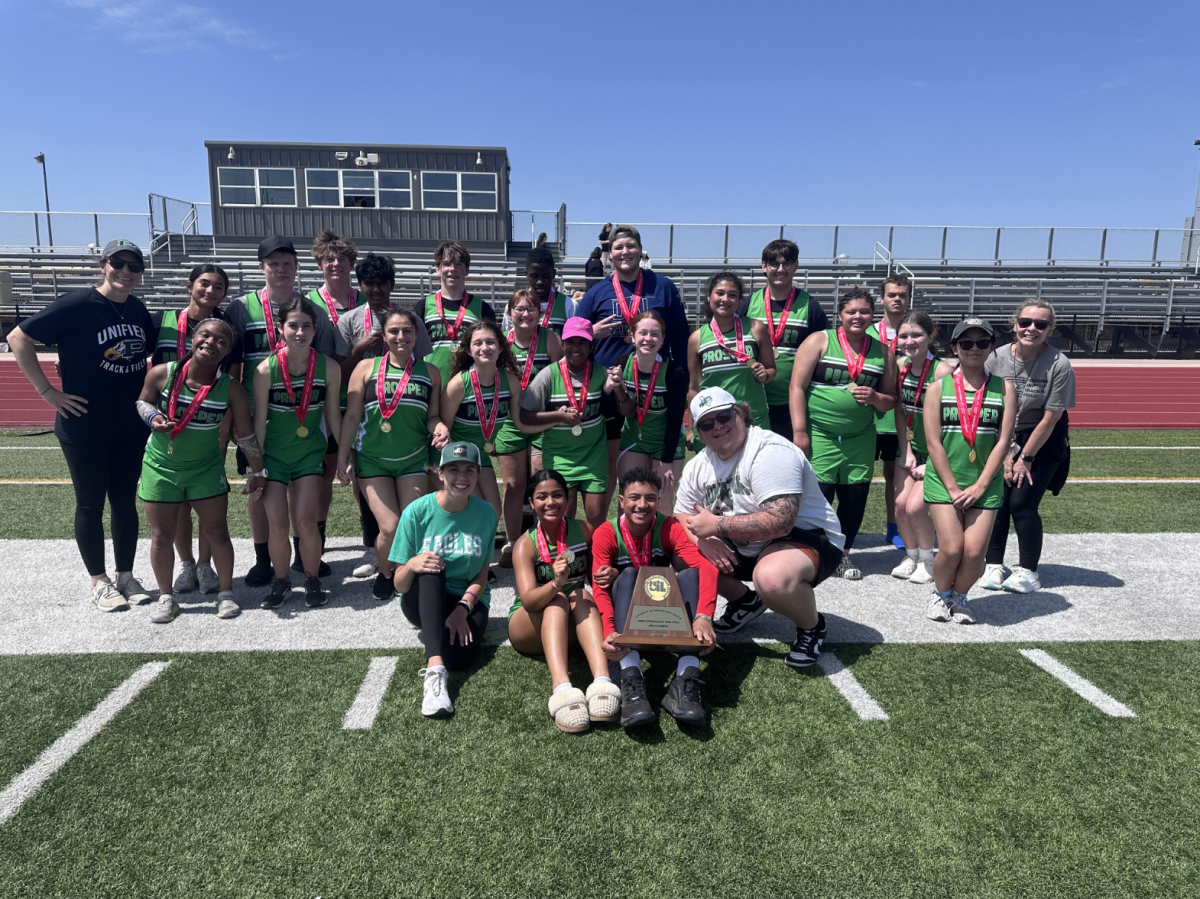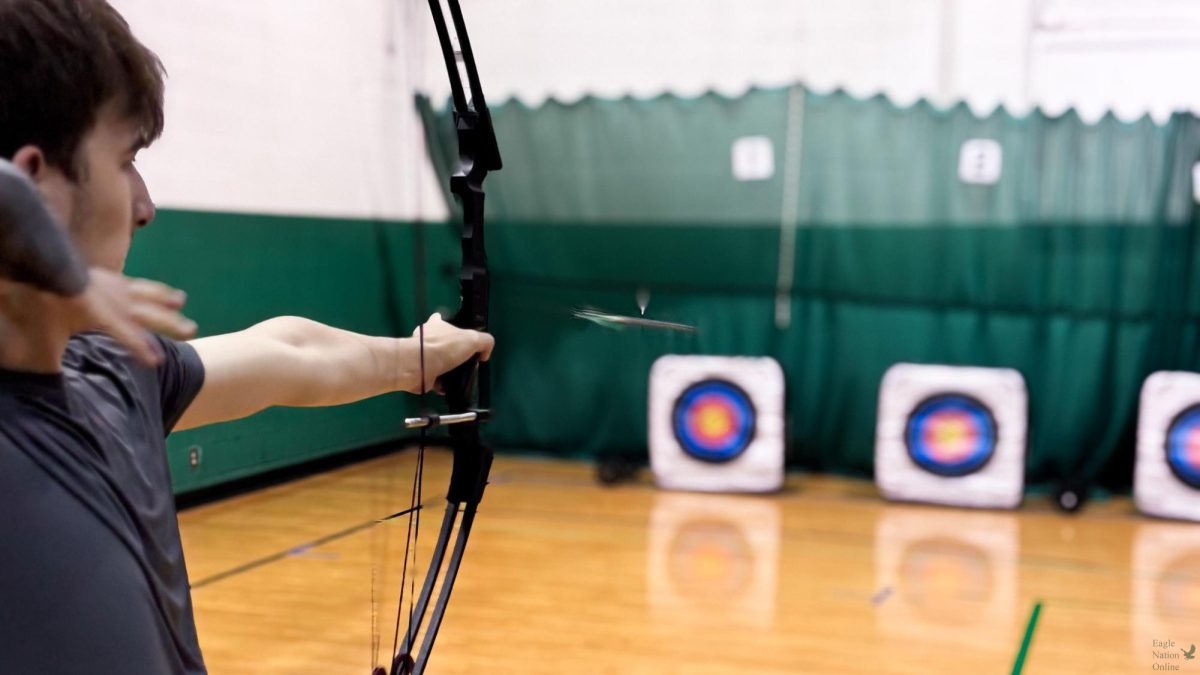A green thumb in agriculture led to an out of the ordinary, interactive project.
AP Human Geography teacher Lee Ryder found a way to keep his students engaged by having each student plant their own seeds and watch their plant grow to teach them about agriculture, a unit in the AP Human Geography course. The project started earlier in February and wrapped up late last week. The students will get to take their plants home for spring break.
“A huge part of agriculture is looking at different scales,” Ryder said. “So they’re small, leading all the way up to large, and then there’s intensive, extensive subsistence.”
Ryder said he notices many students in Prosper may not have the opportunity to be exposed to agriculture.
“If you live in a sub-development and your HOA doesn’t allow a garden, this might be their only experience,” Ryder said. “So, what we’re doing is having a lab so that students can get on-hand practice actually participating in agriculture, and then they can take those plants home if they want to.”

One of the students’ major grades is a lab reflection. A part of the project includes taking measurements of how much their plant has grown and inspecting the health of their plant.
“Only they are watering, only they are taking care of them,” Ryder said. “They’re getting some real experience with the responsibility of agriculture and applying their experience to larger scale operations, especially around maybe the North Texas area or Prosper and then maybe even developing farms of their own on more sustainable agricultural practices, so they can move what they’re learning in class out into the real world.”
Ryder’s interest in gardening began when he was a little kid. Now, he has been gardening for 15 years.
“My granddad was a gardener, and he had one of the biggest and most beautiful gardens in his backyard,” Ryder said. “I was little, he took me out there, and it was always something really special. So, when he died, he gave me a couple of his plants, and I immediately killed them. A hobby that I grew was gardening in my childhood and then up and through today.”
His experience with gardening led him to come up with this project for his students. Each student got to choose what type of seed they wanted to plant. The seeds included types of flowers, vegetables, beans and carrots.
“It’s a lot of just growing my own personal skills when it comes to, like a green thumb,” Ryder said. “So bringing that experience to the class, it’s something that’s taken a long time. It’s a developing process. So, I think the biggest challenge was just getting the materials ready to go, but that took a day of shopping.”
According to freshman Cora Roberts, each student picked which seed they wanted to plant. They put soil in their cup and mixed it with water and then planted the seed in the soil. The plants sit under a warm light in the classroom, which acts as sunlight, and then each student waters their own plant.
“(My biggest takeaway was) what it takes to take care of a plant,” Roberts said. “Everyone’s plant is different and how quickly they grow or how much water they need.”

Ryder said another challenge was fitting the project to the curriculum and making time to also discuss the written material.
“So substituting some things that the department is doing with agriculture, making sure that students are staying on task when it comes to the actual content,” Ryder said. “It’s difficult when we’re taking an entire class day to set up the lab while other classes are talking about actual theories and content. So I think that was difficult.”
Ryder keeps all the students’ plants in a plant station towards the back of his classroom. One thing he said he notices is how excited the students have been through the process.
“Every day there’s a huge huddle all around the plant station, and they’re all watering and talking about,” Ryder said. “‘Mine have grown. Oh, mine haven’t grown. Mine sprouted. Mine haven’t sprouted.’ Yeah, they’ll come after school every day, before school, between every period, whether or not that’s my class. And so they’ve just been really excited about it.”
The students even face some challenges when it comes to keeping their plant alive. Ryder said learning from those mistakes is what the goal of the project is about.
“You’ve got plants dying, if they don’t take care of them or if they are absent on a Friday and they didn’t water them before the weekend, and they come back and their plants just shriveled up and gone,” Ryder said. “Those are huge challenges, but I think that’s the whole point of this, right? Let them experience some challenges so that they can grow.”
Freshman Banavi Lakshmi Ponneganti said she learned about the importance of taking care of the plant.
“I grew two plants initially,” Ponneganti said. “Before, I grew one plant that did not grow for some reason. Different plants grow different ways. My initial plant needed more sunlight than water, because it came (from) the desert area. I poured too much water than needed, so it couldn’t grow. I grew another plant, and that (one) grew really well.”
Ryder was the only AP Human Geography teacher to conduct this lab for his students this year and he already started talking with other teachers to implement this lab in their classrooms in the following years.
“I’ve had conversations with other teachers who are very happy with the results,” Ryder said. “I hope that it does spark something new at PHS.”
One of Ryder’s biggest takeaways that he hopes for the students is to leave the project feeling inspired to pursue agriculture.
“I would love to inspire future agricultural geography geographers,” Ryder said. “At the smallest level, I would hope that somebody would start gardening in their life because it makes people happy.”









